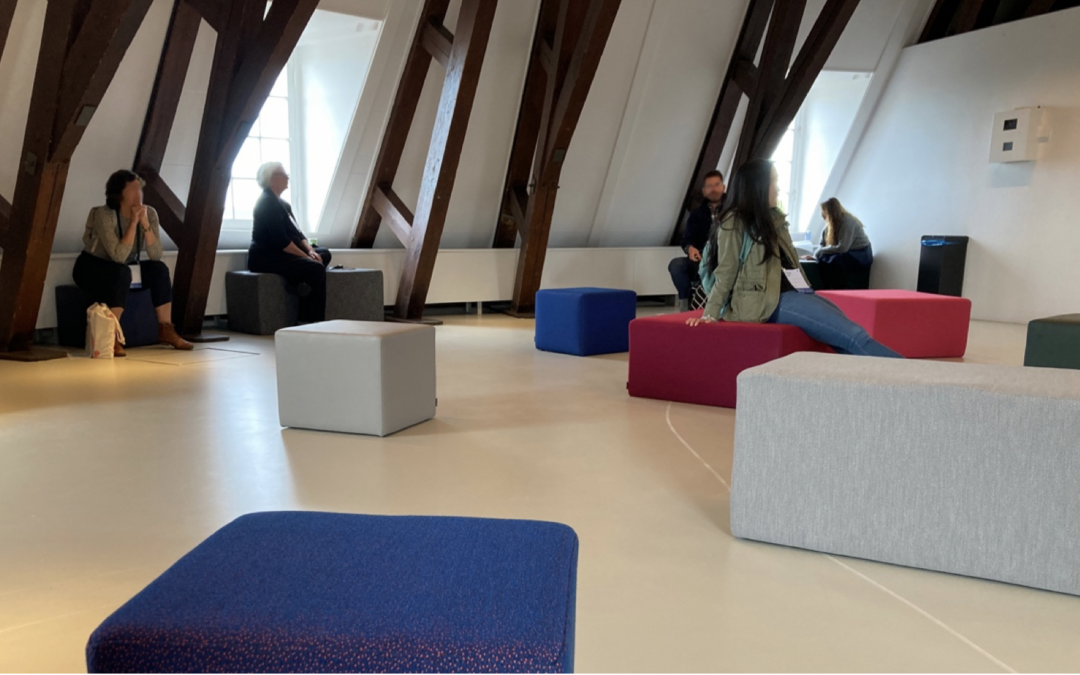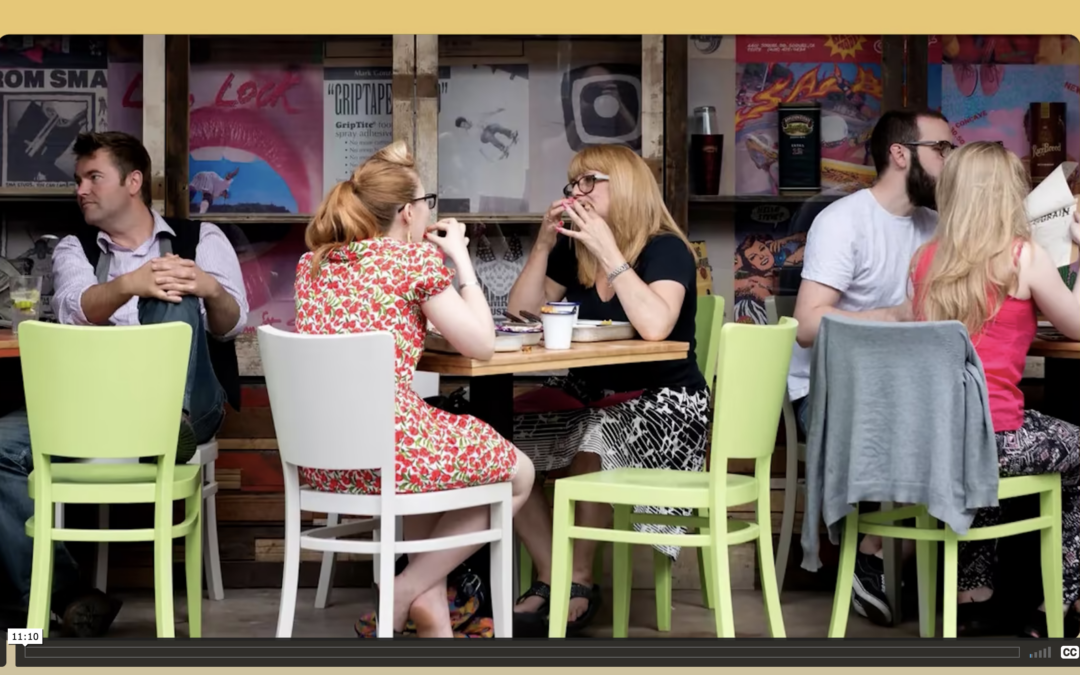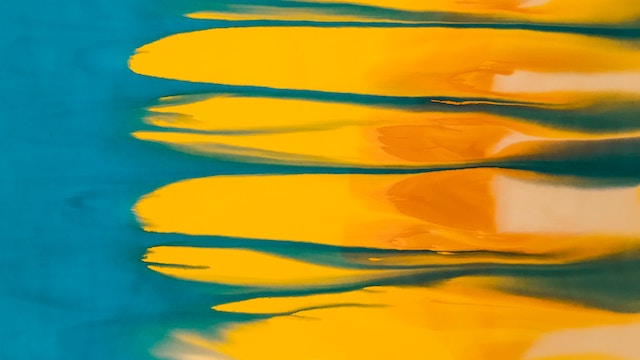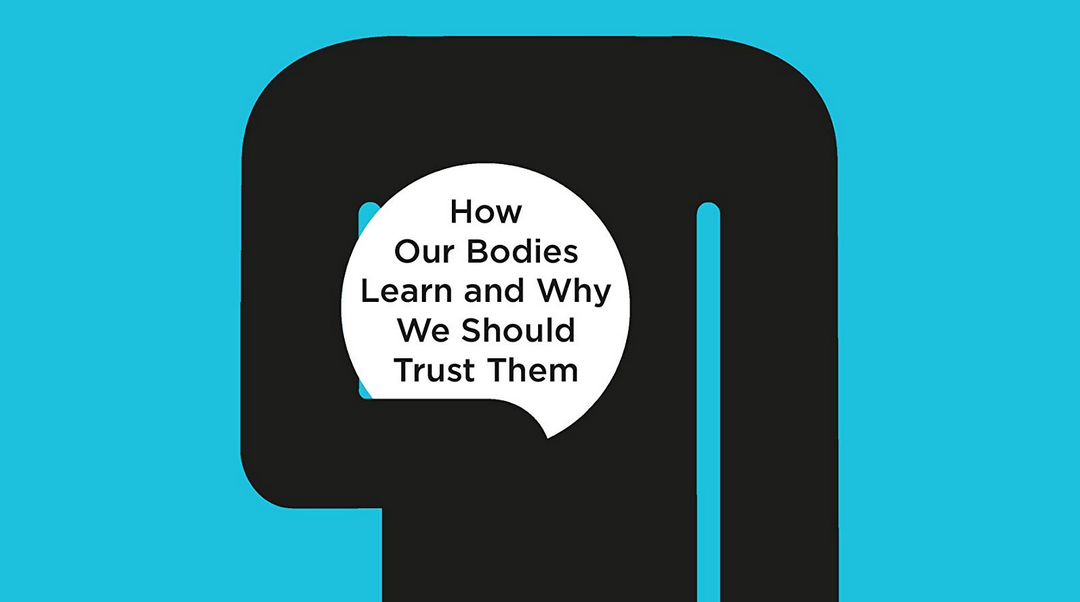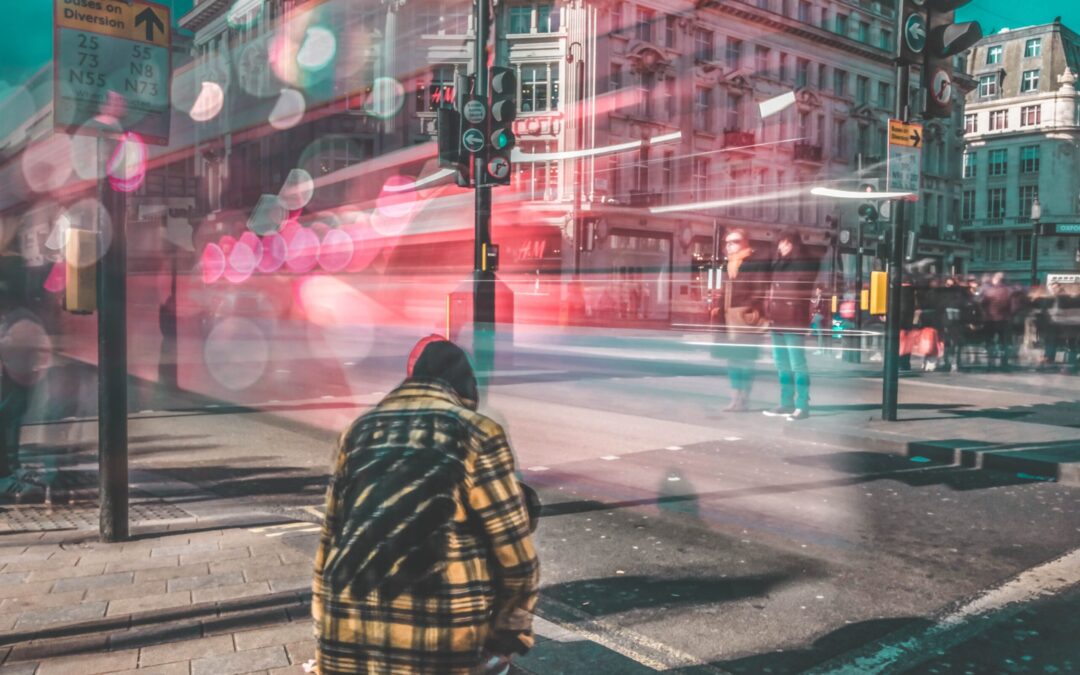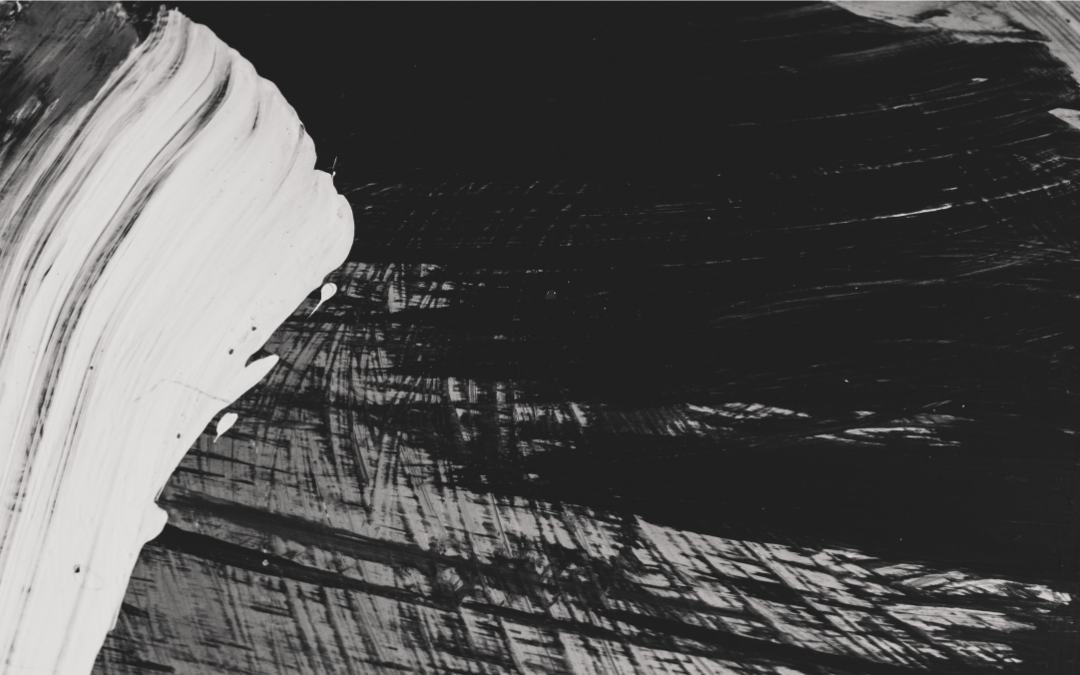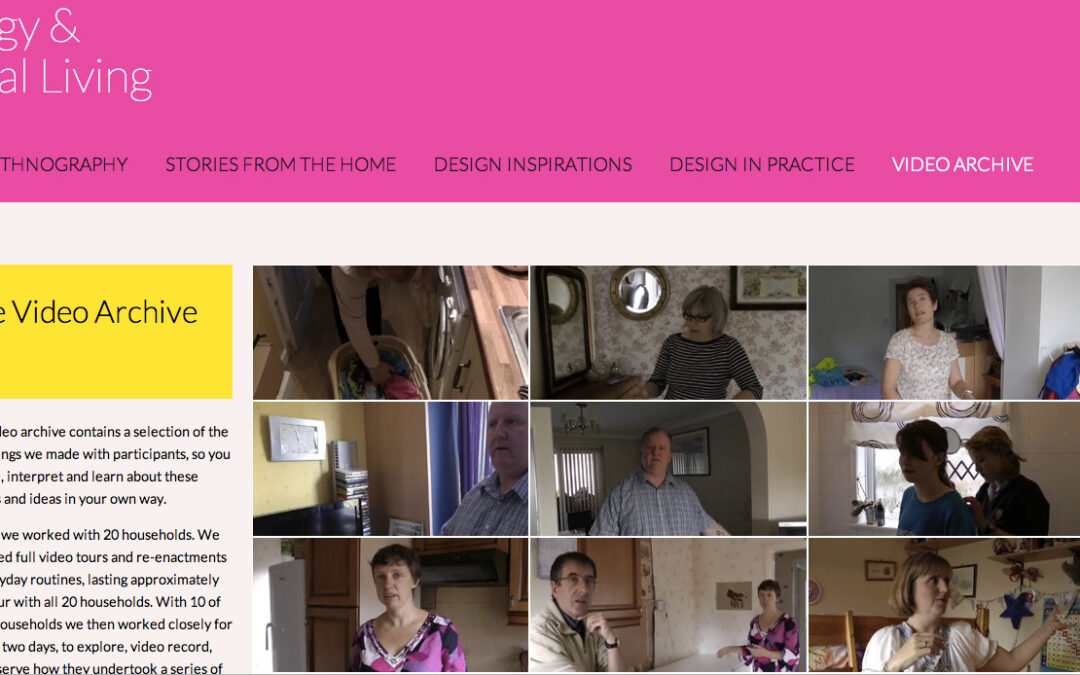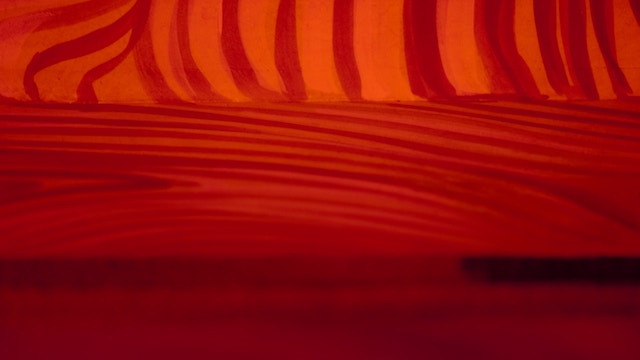This paper presents a study of new technologies potentially enabling access to a sensory feast of places by ‘wired up’ flanêurs, real-time as well as remote ‘native’ description and interactions and situated oral histories excavated through ‘being in a place’. We describe an inter-disciplinary...


